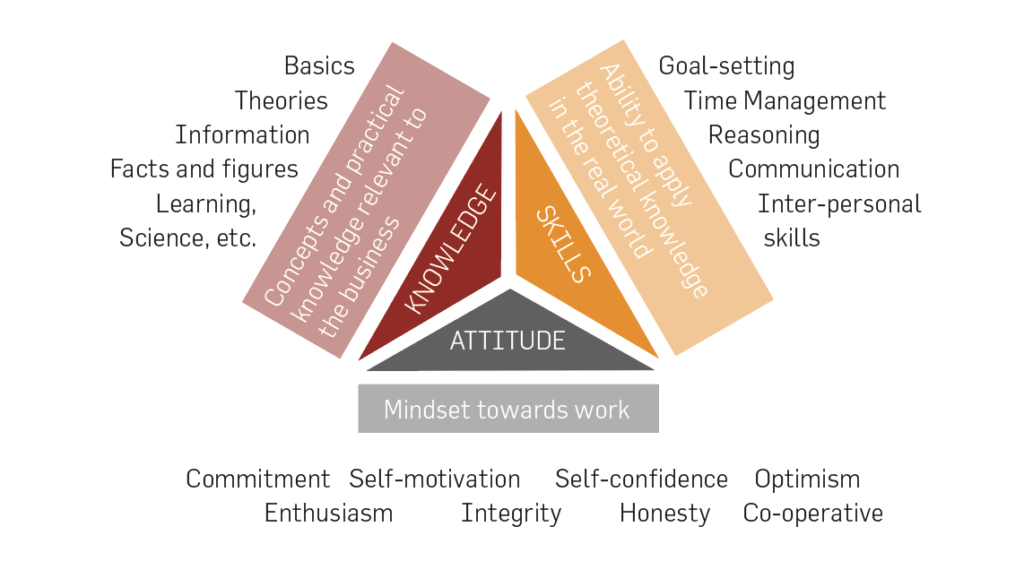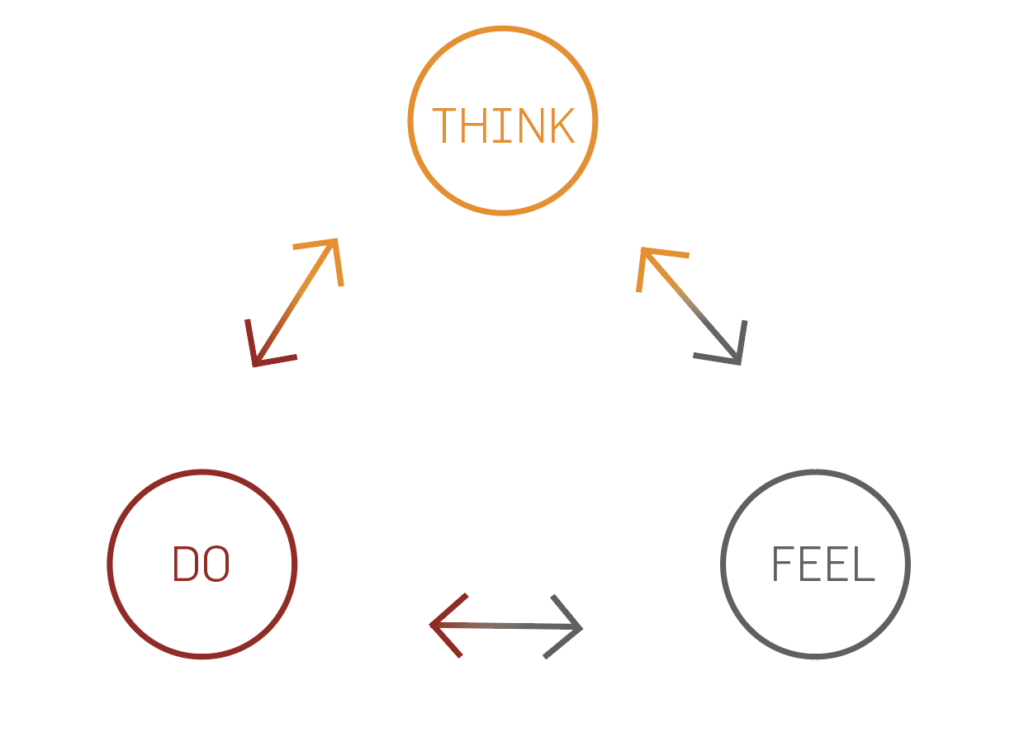“If you think you can or think you can’t, you’re right.”
— Henry Ford
To perform well at anything, even under extreme pressure, it’s our attitude that ultimately drives our performance. To succeed, we must believe in what we’re doing. Whether it’s addressing issues regarding life in general, achieving a long-term ambition or succeeding at an elite level, we must ensure that our head and body are in the right place from the outset to give ourselves the very best chance of success. Choosing a positive attitude in life fosters desire and strengthens our beliefs and meaningful sense of purpose. Whereas adopting a negative attitude often leads to disappointment as well as an unpleasant journey along the way. In his highly acclaimed book, Man’s Search for Meaning, Viktor Frankl wrote: ‘Everything can be taken from a man but one thing: the last of the human freedom to choose one’s attitude in any given set of circumstances, to choose one’s own way.’
In choosing our attitude to succeed, we are choosing a proactive mindset that works for us: individually, if we’re the sole component and collectively, as an attitude that aligns with the other members of an effective team. This pragmatic ‘way of addressing something’ should be flexible in nature, to adapt to the environment we’re in, but it should embody our values and beliefs and reinforce our own distinctive sense of purpose (i.e. your attitude is driven by you.) More accurately, it’s driven by your thoughts, your feelings and your behaviour (i.e. the way you think about, feel or do things). These are the only things that we as humans can actually control, so learning to master our attitude is vital in leading a meaningful and fulfilling life. We can often influence certain things around us in society, by how we choose to perceive them and by the way we behave, but as we can’t actually control them, we must be able to adapt to them.
Triangle of Success

As stated, all we can control (with practice) is how (or what) we think, how (or what) we feel and how we act (what we do about it). This is why attitude is the key to unlocking our personal potential or, looking at it another way, creating a solid platform (or foundation) from which to operate. If the foundations of a structure are weak then what’s built on top will eventually collapse under pressure. A firm foundation will allow the building above to withstand the pressures and stressors that it’s subjected to. Whatever metaphor you choose to use, you should bear in mind that you can have all the skills and knowledge available but without a sound purposeful, robust yet flexible attitude to drive you, or to provide a solid platform from which to operate, you will rarely be as good as you wish to be.
When I reflect on things that I’ve got right over the years, or things I’ve achieved, even against the odds, it is often because I’ve applied a can-do, or want-to-do, attitude. On the flip side, when I’ve got things wrong, and sometimes quite badly wrong, it is often because I’ve been in a negative frame of mind, and my attitude has been poor or has not been fully engaged. Perhaps I haven’t seen the benefits of investing time and effort in committing to something. Maybe I’ve pushed back against something or someone that I didn’t agree with or with whom I felt misaligned for whatever reason and sometimes I’ve simply got it wrong! Operating with a dismissive or belligerent mindset, however, will almost always thwart elevated levels of performance and will, in most cases, prove self-defeating. So, over the years I’ve realised that if I want to achieve something that will require personal effort and resources, I firstly need to fully understand why I want to do it. Once I’ve agreed with myself that it’s a good idea, I need to apply a positive mental attitude to the process which involves management of how I think, how I feel and what I do.

However, even the most hardy and upbeat attitudes do not always protect us from losing or falling short of a mark. If only! Having a positive mindset does not mean that we always get things right. It simply means that we understand that, in trying to accomplish something, especially when it’s something novel or arduous, we sometimes get it right and sometimes we get it wrong. As humans, we are indeed all fallible. We all make mistakes and we all get things wrong from time to time. Sometimes, however, we are simply not, at that moment perhaps, good enough for the task. The main thing is that we acknowledge that not succeeding at something, however important or trivial, can provide a unique learning experience and an opportunity to develop and grow as a person. Facing adversity can be where our attitude shows it’s true colours and is actually needed for building personal resilience. Feeling bad, feeling guilty, sad or angry is fine… for now, because they’re just normal human emotions felt as a result of the unpleasant experience. We don’t need to like losing or suffering but it’s where our attitude has an opportunity to say: ‘Hey, wow, I didn’t really enjoy that, so what and how can I learn from the experience’ and ‘What do I need to do to better prepare myself for next time?’
It is often worth acknowledging that in aiming high we often put ourselves in peril of having to live with setbacks. Sometimes, we just need to pick ourselves up, dust ourselves down, process the experience, accept what has happened and move on, hopefully as a richer person for the experience. Having the right flexible attitude, and an optimistic outlook on life, encourages us to maintain an open mind which, in turn, helps us maintain our general awareness, increase our understanding, adapt to our surroundings and manage our personal resilience.
Coaching Question
Choose: If you could choose your attitude every day, how would you choose to be? (You might describe feelings or mindsets, think also about posture and energy, or perhaps a colour or animal that works as a metaphor.)
Habituator
Starter: Choose a regular moment when your intentional day starts. Make it a ritual. Could be the first cup of coffee, shower, commute. Create a moment where you take charge. With time you will internalise the choice process. How long does it take?
This article is based on the Amazon No.1 Hot New Release in HR, The A–Z of Human Performance. For more coaching questions and habituators on this topic and 25 more chapters from Jonna Sercombe, Emma Wiggs, and Steve Eaton, pick up a copy in paperback or eBook.
